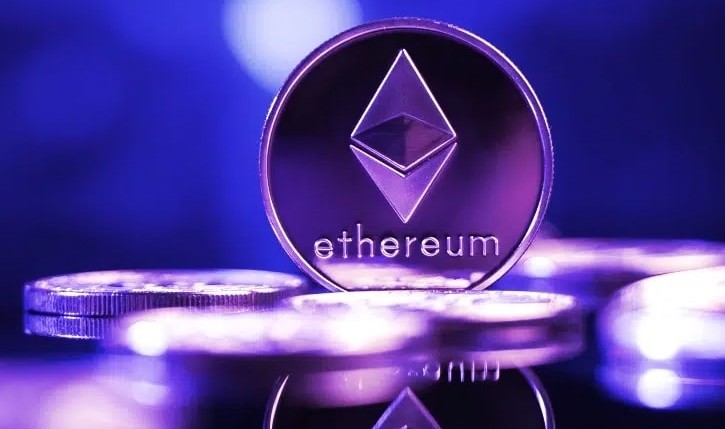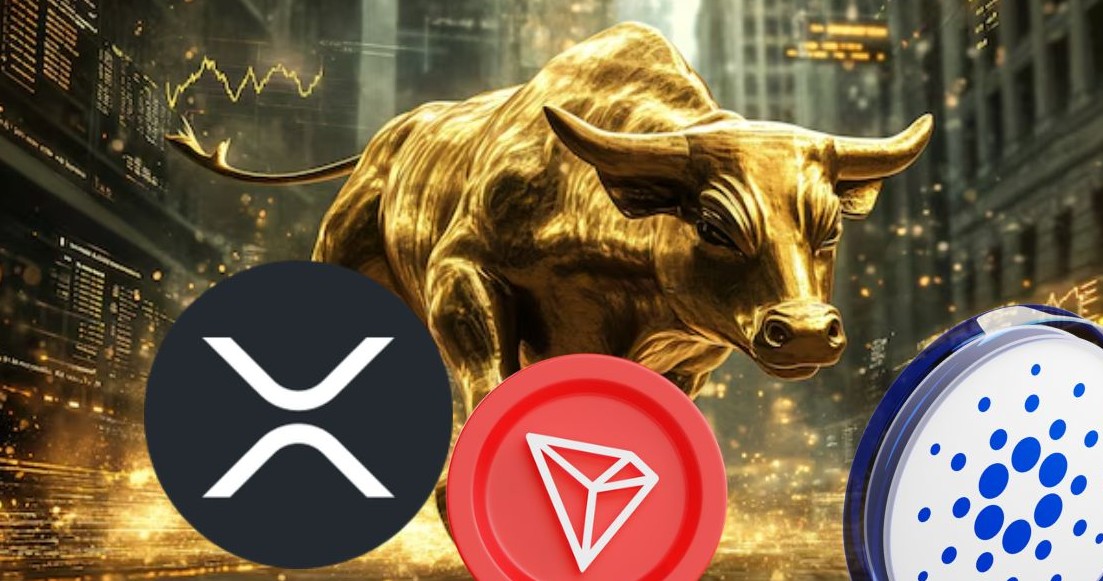🔍 Introduction: A Decade of Ethereum—A Revolution in Progress
In the fast-paced world of crypto, ten years feels like a lifetime. Since its inception in 2015, Ethereum (ETH) has grown from a whitepaper dream into a technological powerhouse—transforming how we view finance, contracts, and ownership. It’s no exaggeration to say Ethereum laid the foundation for decentralized finance (DeFi), NFTs, DAOs, and a new internet economy.
Yet, for all it has built, Ethereum Coin has also fallen short in several key promises. From scalability bottlenecks to user experience challenges, some parts of the vision remain works in progress.
In this beginner-friendly guide, we’ll look at what Ethereum has accomplished, what it still needs to deliver, and why its future remains incredibly promising despite the hurdles.
🧱 Section 1: The Origins and Vision of Ethereum
💡 Subtitle: A Blockchain With Bigger Ambitions Than Bitcoin
Ethereum was created by Vitalik Buterin, who envisioned a blockchain that could do more than just record transactions like Bitcoin. He introduced the idea of a Turing-complete smart contract platform, where code could execute agreements without intermediaries.
Key goals included:
-
Enabling programmable money
-
Supporting decentralized applications (dApps)
-
Giving power back to users through decentralized governance
Launched in 2015, Ethereum Coin (ETH) became both the fuel for the network and a valuable asset in its own right. ETH pays for gas fees, incentivizes validators, and powers smart contracts.
🔨 Section 2: What Ethereum Built—A New Financial Ecosystem
🏦 Subtitle: From ICOs to DeFi to NFTs
Ethereum didn’t just promise; it delivered massively in several areas over the past decade. Here’s a breakdown of its biggest accomplishments:
-
Initial Coin Offerings (ICOs)
In 2017, Ethereum enabled the ICO boom, allowing projects to raise funds by issuing tokens on the Ethereum network. It changed startup funding forever. -
Decentralized Finance (DeFi)
Users now have the ability to trade, lend, and earn interest without the need for banks thanks to platforms like Uniswap, Compound, and Aave. DeFi protocols hold billions in value today. -
NFTs and Digital Ownership
Ethereum introduced the ERC-721 standard, making it possible to own unique digital assets. Projects like CryptoPunks and Bored Apes were born, and NFT art exploded. -
DAOs
Ethereum paved the way for Decentralized Autonomous Organizations, where community members vote on decisions using governance tokens. -
Proof of Stake (The Merge)
By effectively switching from proof of work to proof of stake in 2022, Ethereum significantly reduced its energy consumption and set the stage for future growth.
In short, Ethereum laid the foundation for the crypto revolution as we know it today.
🚧 Section 3: What Ethereum Still Hasn’t Delivered
🛑 Subtitle: The Promises Still Waiting on the Horizon
Despite its impressive resume, Ethereum has struggled to fully deliver on some of its biggest promises. These growing pains are well-known, and here are the top areas where ETH still falls short:
-
Scalability
Ethereum still handles only 15–30 transactions per second, far below the needs of mass adoption. Gas fees spike during network congestion, making simple actions costly. -
User Experience
Non-technical users may find it difficult to comprehend gas fees, set up wallets, or interact with dApps. Onboarding is still a challenge. -
Interoperability
Ethereum is not yet seamlessly connected with other chains like Solana or Bitcoin. Bridging assets between chains still involves complex and risky protocols. -
Mainstream Adoption
Despite billions in activity, Ethereum hasn’t yet become part of daily life for most people. Mass adoption of crypto payments and dApps is still in early stages.
These are not failures, but reminders that Ethereum is still very much a work in progress.
⚙️ Section 4: The Road Ahead—How Ethereum Plans to Evolve
🧬 Subtitle: Ongoing Upgrades and Layer-2 Expansion
Ethereum’s community is actively working to solve its limitations through major updates and innovations.
-
Danksharding & Proto-Danksharding (EIP-4844)
These upgrades will break data into manageable chunks, allowing for lower gas fees and more scalable usage—especially for rollups. -
Layer-2 Solutions
Platforms like Arbitrum, Optimism, and zkSync help offload traffic from the main chain. These Layer-2s provide faster and cheaper transactions while using Ethereum’s security. -
Improved User Interfaces
Projects like MetaMask Snaps and Account Abstraction are simplifying how wallets and transactions work, making it easier for beginners to interact with Ethereum. -
Cross-Chain Compatibility
Work is being done to improve bridges and enable seamless movement of assets across different blockchains.
So while Ethereum may not have fully delivered yet, its future roadmap is packed with solutions.
🧠 Section 5: What Beginners Can Learn From Ethereum’s Journey
📘 Subtitle: Progress, Not Perfection, Is the Crypto Way
For those just getting into crypto, Ethereum’s ten-year journey offers powerful lessons:
-
Innovation is iterative: Ethereum has consistently adapted and improved, even when things didn’t go as planned.
-
That’s why it’s one of the most trusted and widely used platforms in crypto.
-
Be patient: In crypto, promises may take years to come to life. Ethereum shows us that long-term vision is more valuable than short-term hype.
Holding Ethereum Coin (ETH) isn’t just a financial investment—it’s a vote of confidence in a decentralized future.
🔮 Section 6: Ethereum’s Next Decade Starts Now
🛤️ Subtitle: The Dream Is Still Alive—and Getting Sharper
As Ethereum enters its second decade, its vision is clearer than ever: a decentralized world where users control their data, money, and digital interactions.
While it hasn’t hit every milestone yet, Ethereum continues to:
-
Attract the best developers in crypto
-
Power the majority of decentralized apps
-
Lead the industry in innovation and community governance
🏁 Final Thoughts: A Blockchain That Keeps Building
Ethereum’s first ten years were nothing short of revolutionary. It built the infrastructure for DeFi, NFTs, DAOs, and an entire Web3 movement. At the same time, its ongoing challenges remind us that innovation takes time.
Whether you’re a developer, investor, or curious newcomer, Ethereum Coin remains one of the most influential projects in the crypto world—and it’s far from finished.
Meta Description:
Explore what Ethereum has accomplished in its first ten years—from NFTs and DeFi to the Merge—and what it still hasn’t delivered. This beginner-friendly guide breaks down Ethereum Coin’s journey, milestones, and the road ahead in the evolving world of crypto. @ Crypto pro bro


